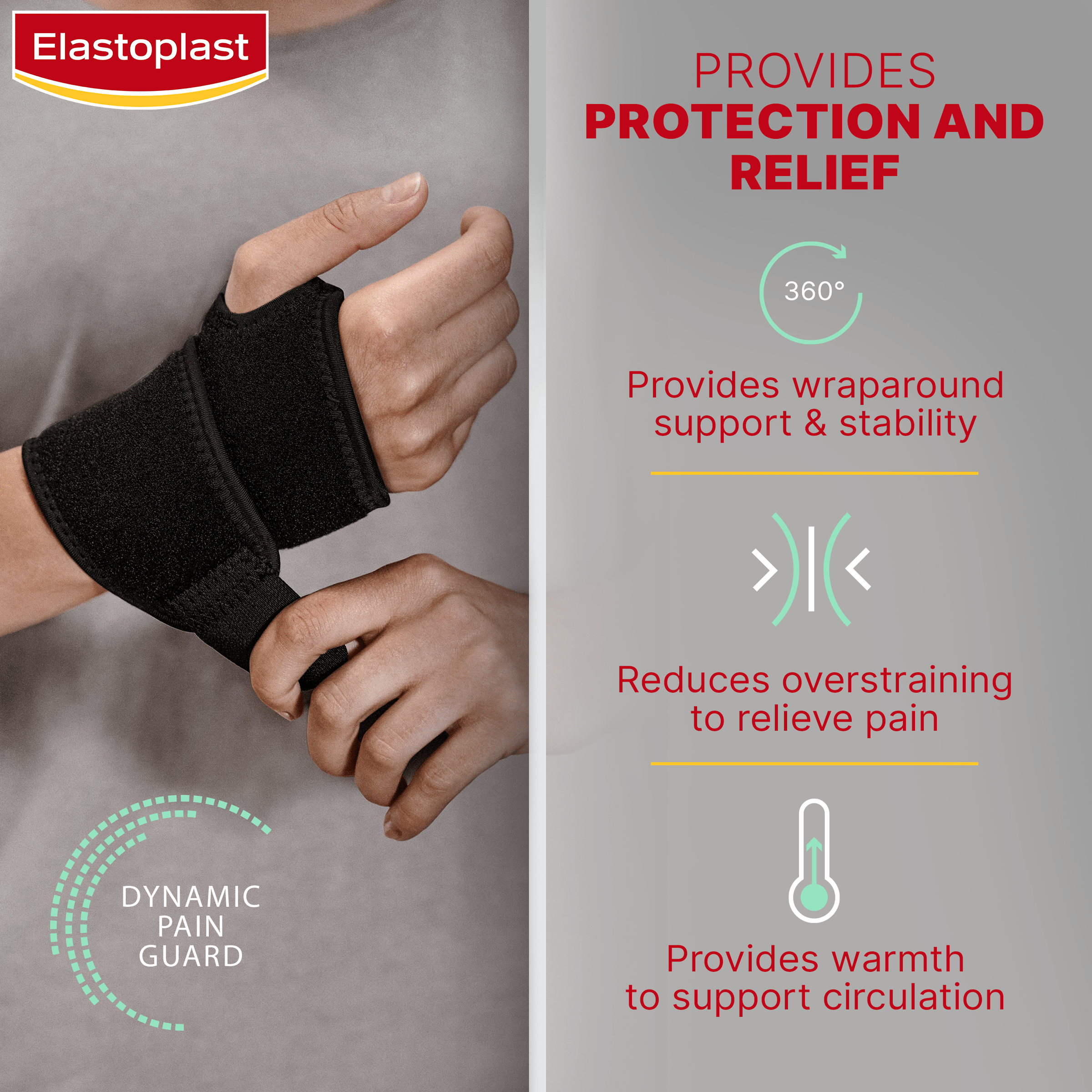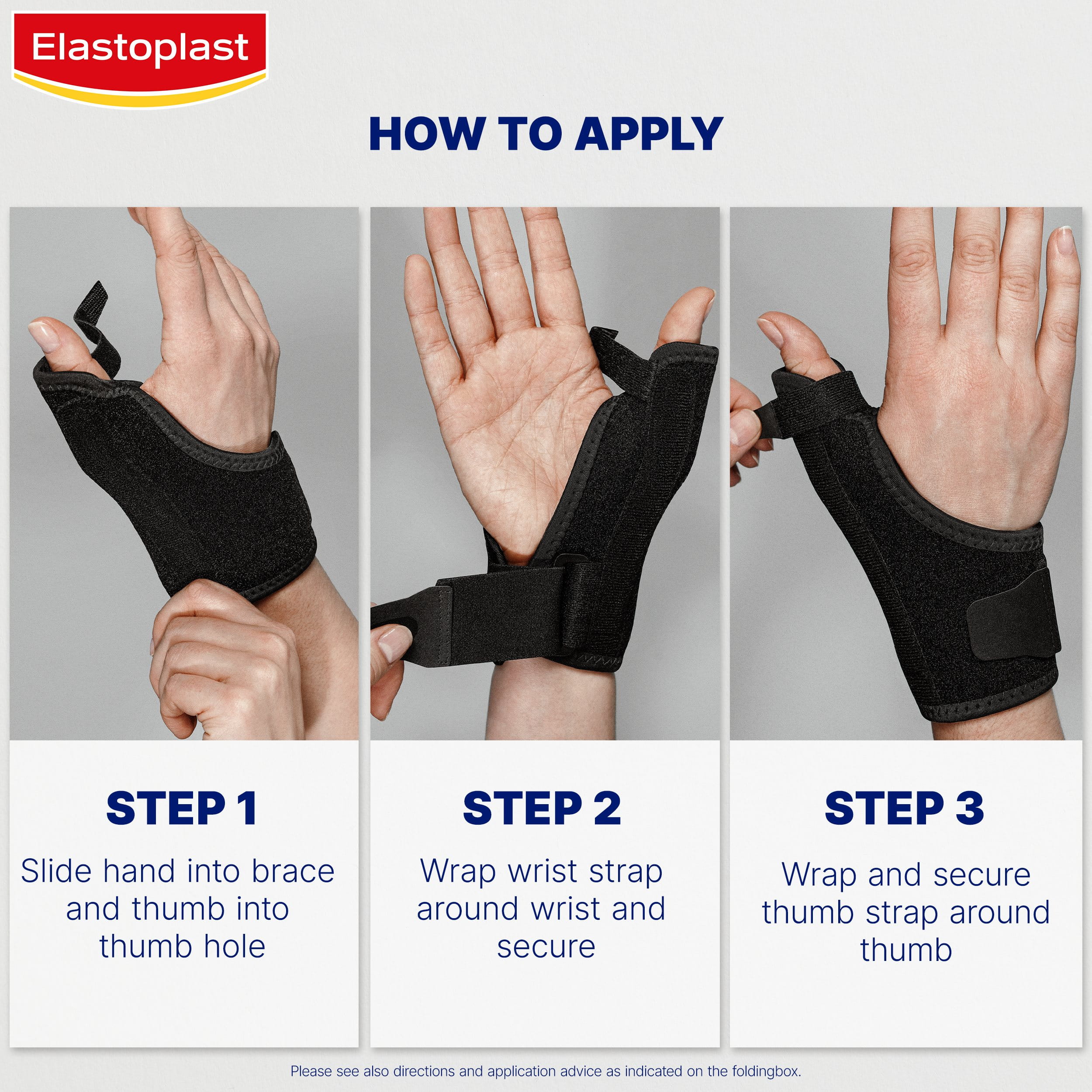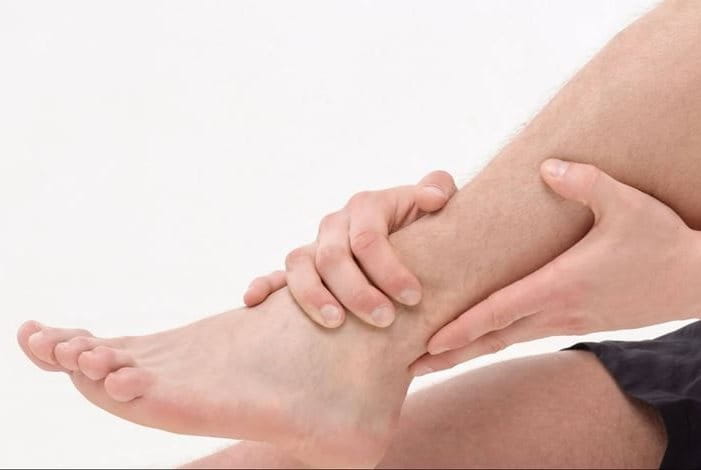Published: January 2012
Last reviewed: June 2025
A sprained wrist is an injury that commonly occurs when someone falls onto an outstretched hand. When this happens, the wrist may twist or bend toward a person’s forearm – causing ligaments to stretch past their limit.
Read on to find out about sprained wrist support, as well as the symptoms, causes and recovery time of a sprained wrist injury.










